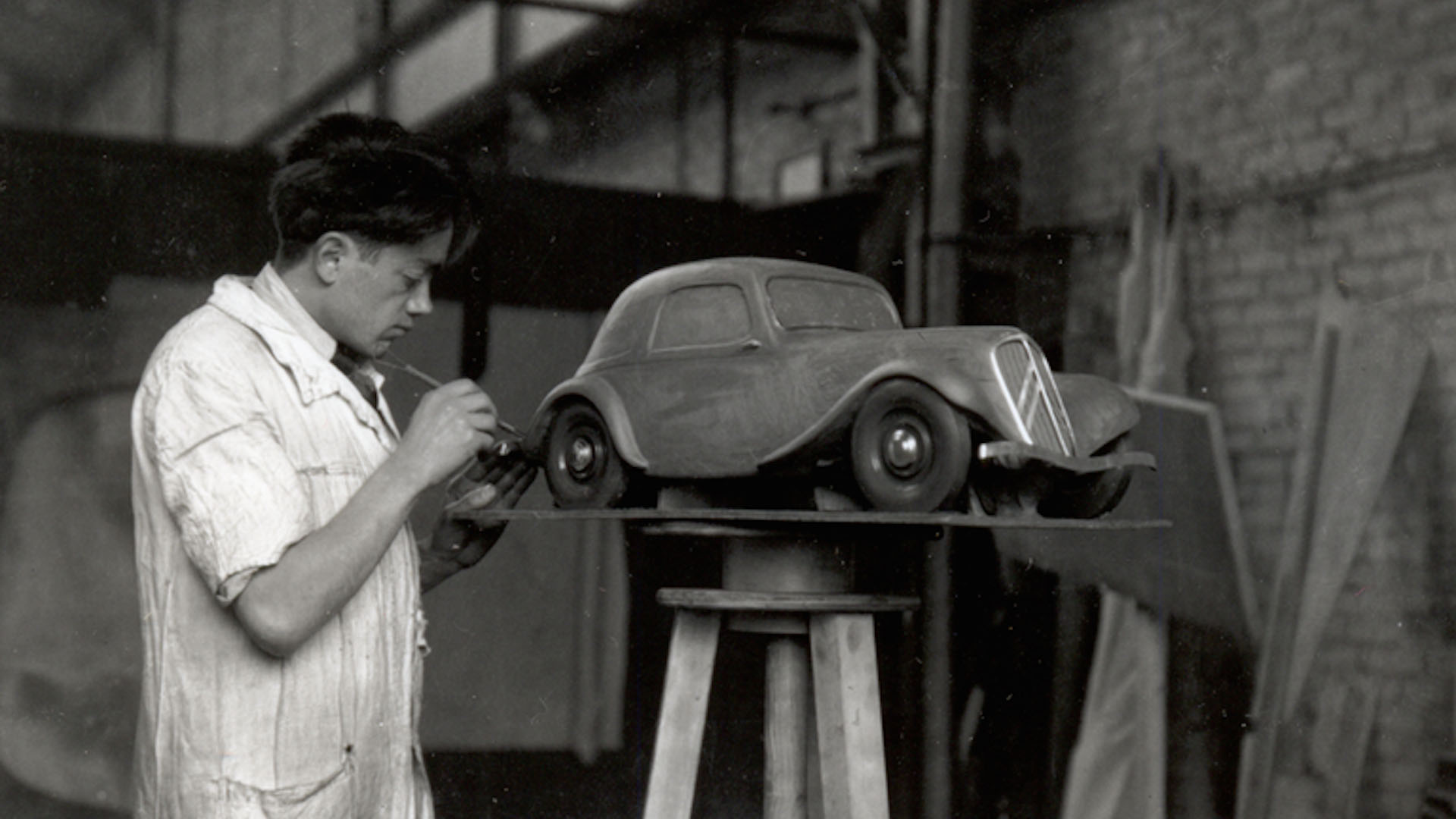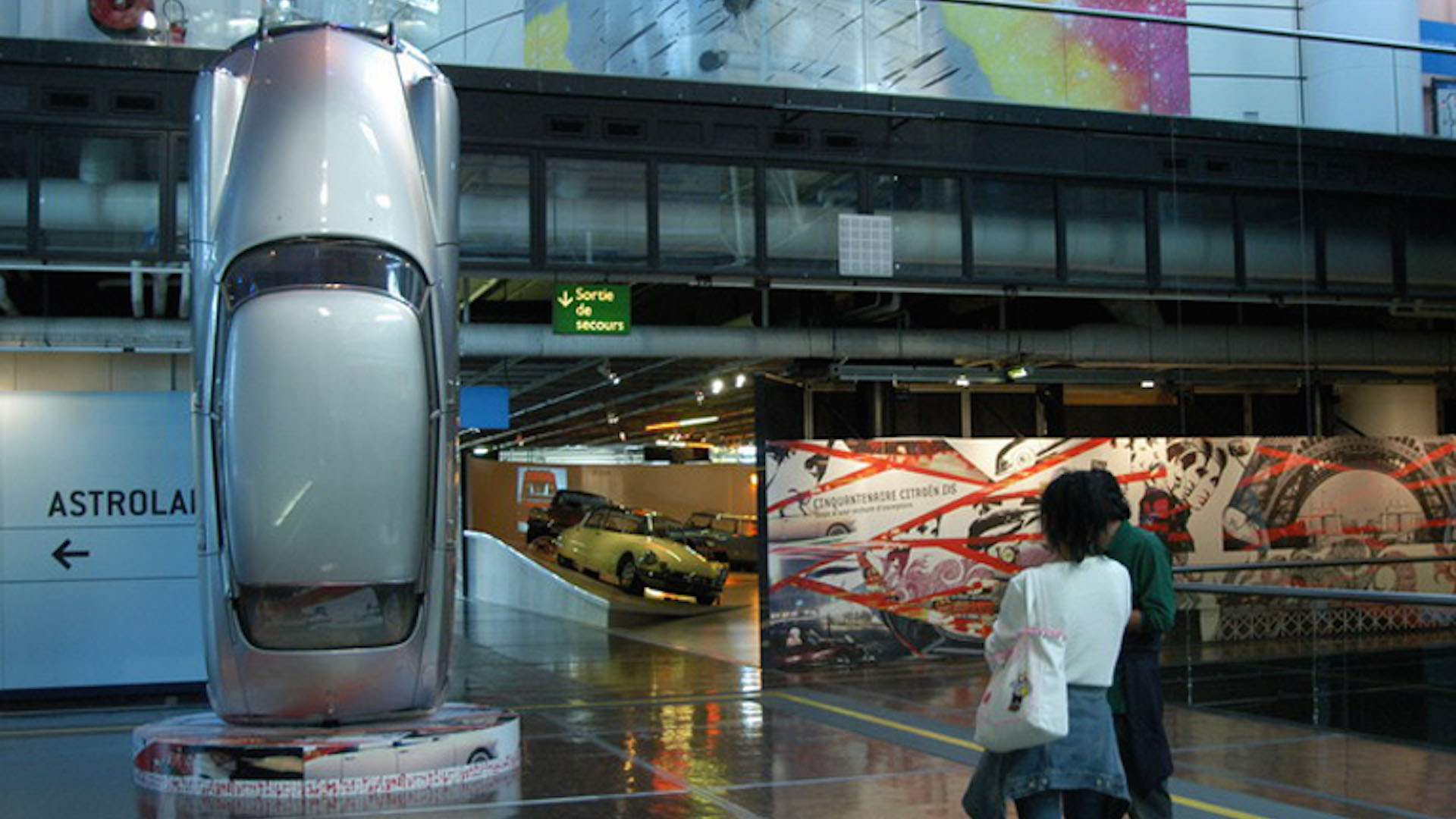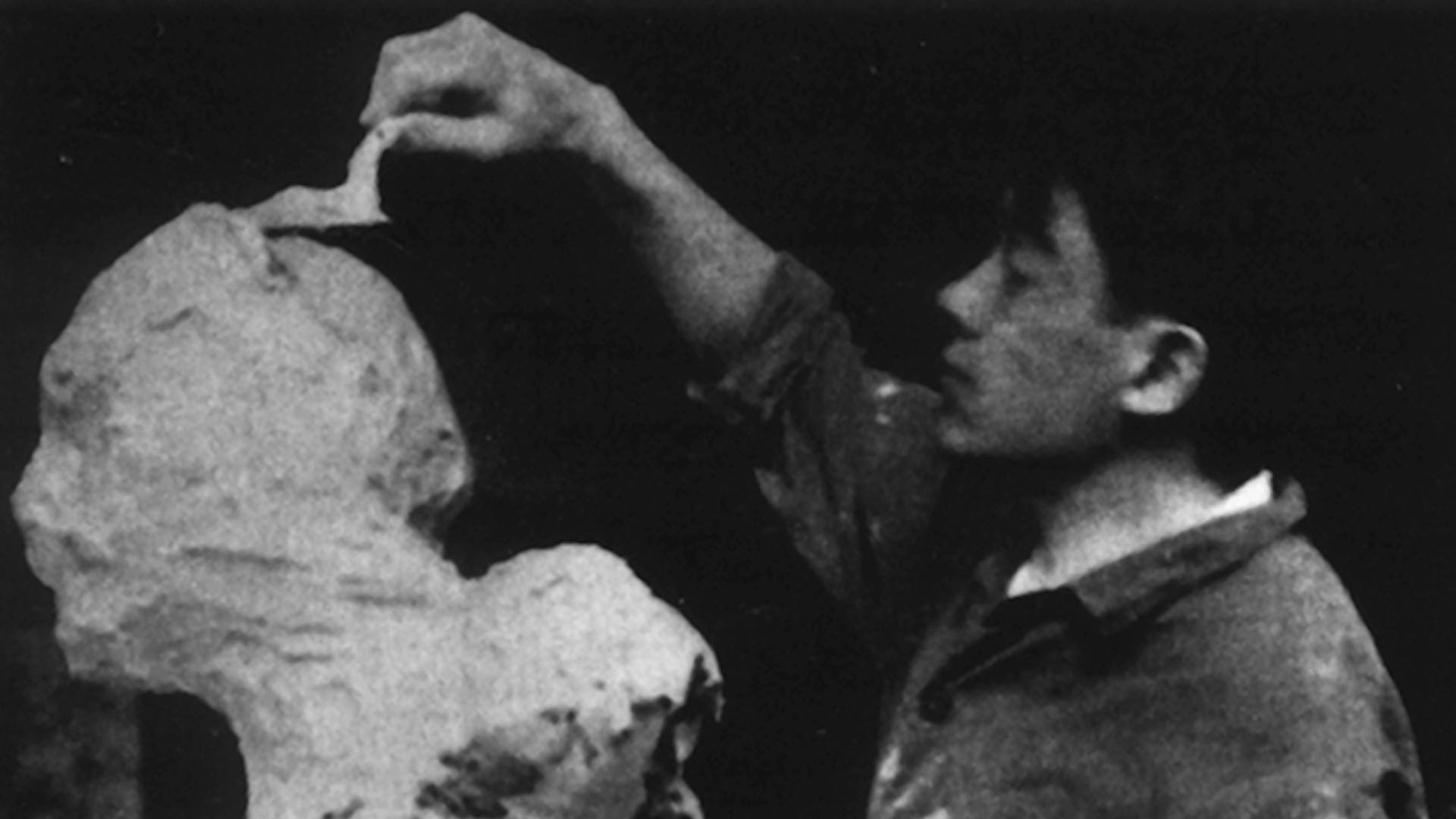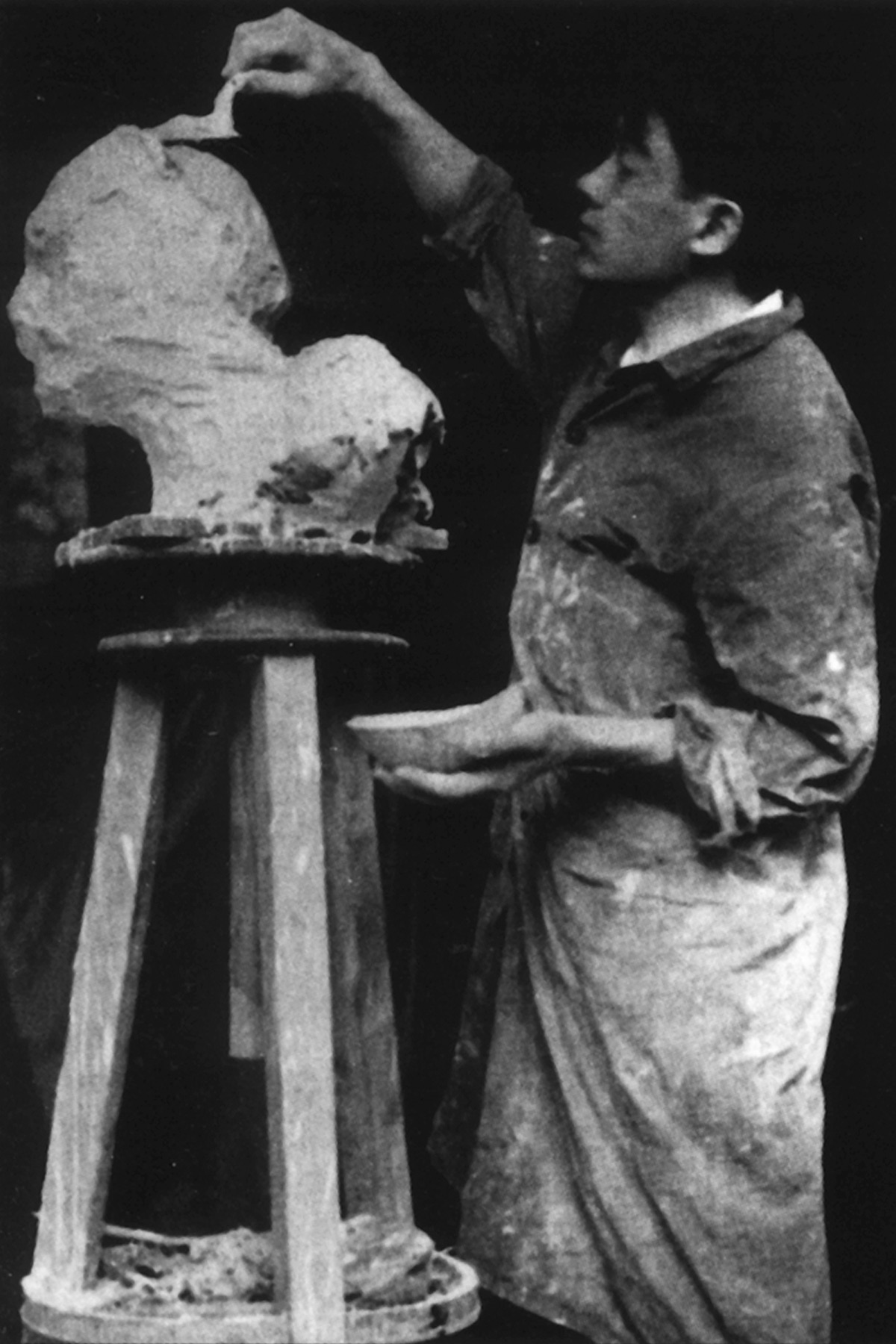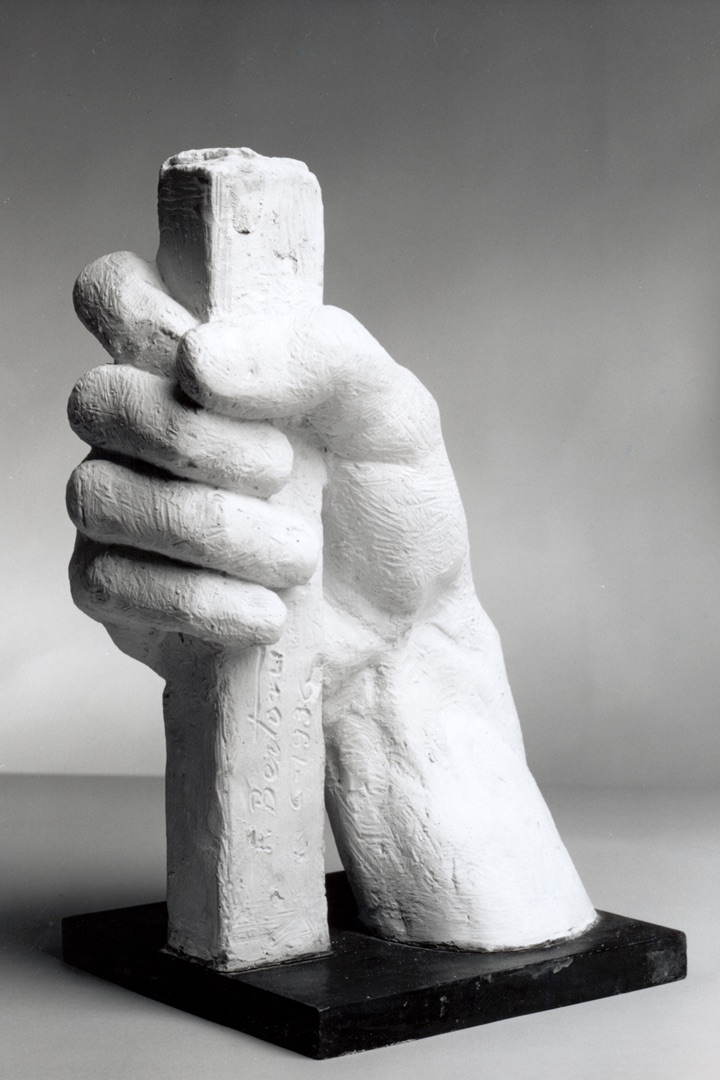Flaminio Bertoni. Life, Genius and Works
(2007 Italy, directed by Maurizio Radice, b&w and color, 29 mins)
Flaminio Bertoni has lived in Paris nearly all the life. Perhaps, he is more famous like the designer that has marked the history of the automobile in the past century, with the realization of the futuristic lines of the Traction Avant and the DS Citroen.
But there are two Bertoni in Flaminio, dissociated and indissoluble: the designer who earns his maintenance to the Citroen workshops creating the auto body lines, and the artist who studies, designs and carves all the nights for the love of the art.

